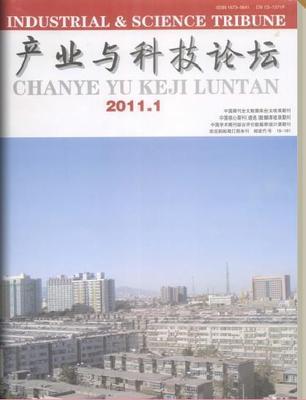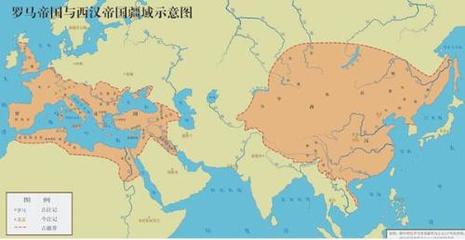5.7 Conclusion
A papernaturally must end with an overall conclusion, though it need notnecessarily be labeled or sub-headed as such. Once all theimportant results have been analyzed and discussed, an authorshould stand back and take a moment to reflect upon what are themost important synthesizing thoughts about the study that could beleft to readers. This is the Conclusion section of a researchpaper. The Conclusion section is especially important because it isthe summary and conclusion for the whole study. Thus, the readermust be able to obtain a clear and concise statement of what theresearch concludes from the study and what summary comments arepossible.
For example,Lu, Ding, Ye, and Liu (2010) put a very brief message with all theimportant results and implications of their research in theConclusion:
The results of the present study indicated that all thetreatments applied could maintain the quality of northern snakeheadfish fillets better than that of the control. Y1 and Y3 inhibitedthe growth of bacteria, and reduced the degree of chemical spoilagesuch as TVB-N and lipid oxidation more efficiently than CK, Y0 andY2; however, the cinnamon treatments of Y1 and Y3 make the fishfillet yellow. (Lu, Ding, Ye,& Liu, 2010, p.1335)
Such aconcluding paragraph appears with the points that are mostsignificant, without excessive explanation. This conclusion also isconcise stylistically, with liberal use of the active voice (weobserved) as well as by avoiding wordy constructions (such as ‘itis interesting to note that”). For saving space, no subheadings areused typically for the different kinds of results being discussedin conclusion. Simplicity and economy in expressing the meaning ofone’s scientific labors commands more authorial power and readerattention than verbosity and eloquence.
Similarly, Linet al. (2010) present a very brief passage as the conclusion oftheir research. In their Conclusion, they not only restate the keypoints of their research findings, implications, significance oftheir study, but they also point out the research gap remains theirresearch for further research:
Conclusions
Results from this study showed thatgrazing intensities altered the spatial patterns of vegetation andsoil fertility at the fine scale in the studied desert steppe. Ingeneral, heavy grazing reduced the size of vegetation patches andincreased the homogeneity of the spatial distribution of AGB, SOCand SWC. In contrast, light grazing intensity increased soil NH4 +availability and created the patchy spatial pattern ofNH4 +. Theseresults suggest that in range management light grazing is essentialfor preserving forage production and soil fertility. At the coarsescale, spatial patterns did not respond to grazing intensities,suggesting that grazing was spatially homogenous in the plot. Lossof cross-correlation between AGB and soil NO3− in grazed plots indicates thatgrazing can alter the relationship between spatial patterns ofvegetation and soil fertility. This study demonstrates that sheepgrazing can generate, maintain and change the spatial patterns ofvegetation and soil fertility in the studied desert steppeecosystem. Future study should explore how grazing affects theecosystem services in arid and semi-arid grasslands throughchanging the fine scale spatial patterns. (Lin et al,2010, p.291)
(本文作者:中国农业大学王志芳)

 爱华网
爱华网



